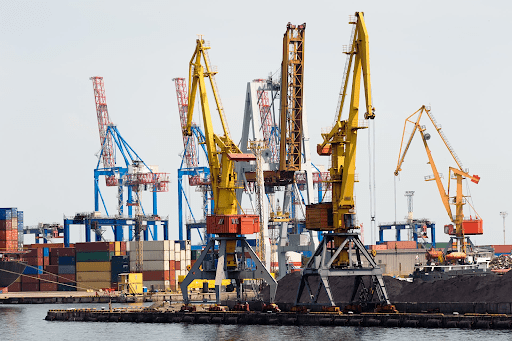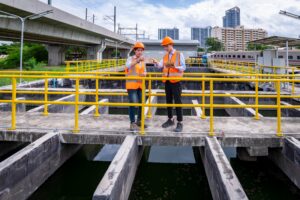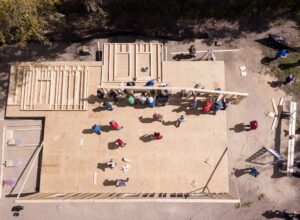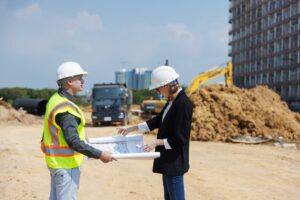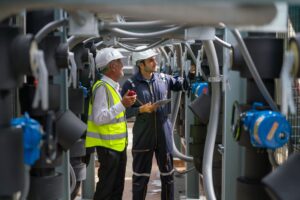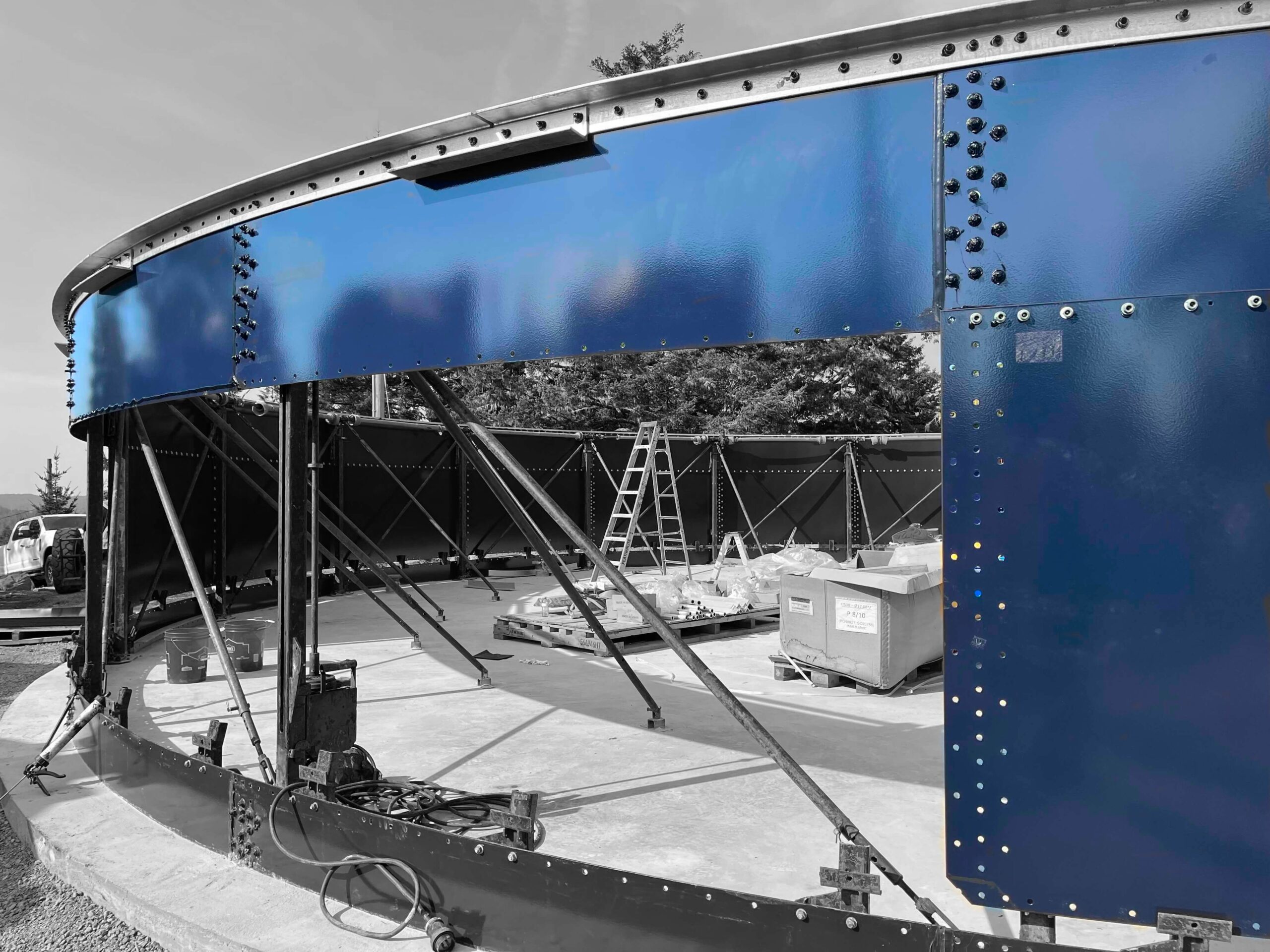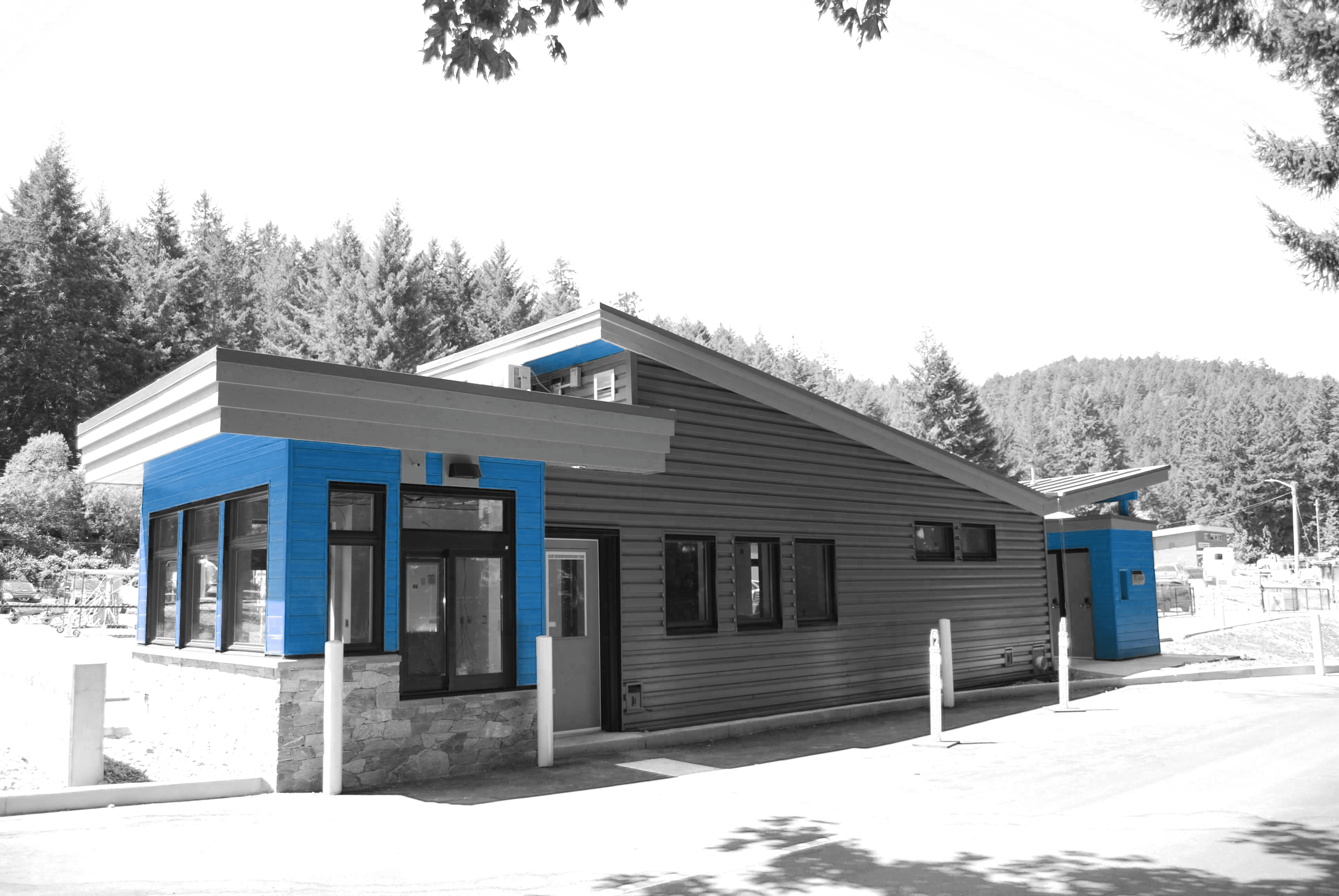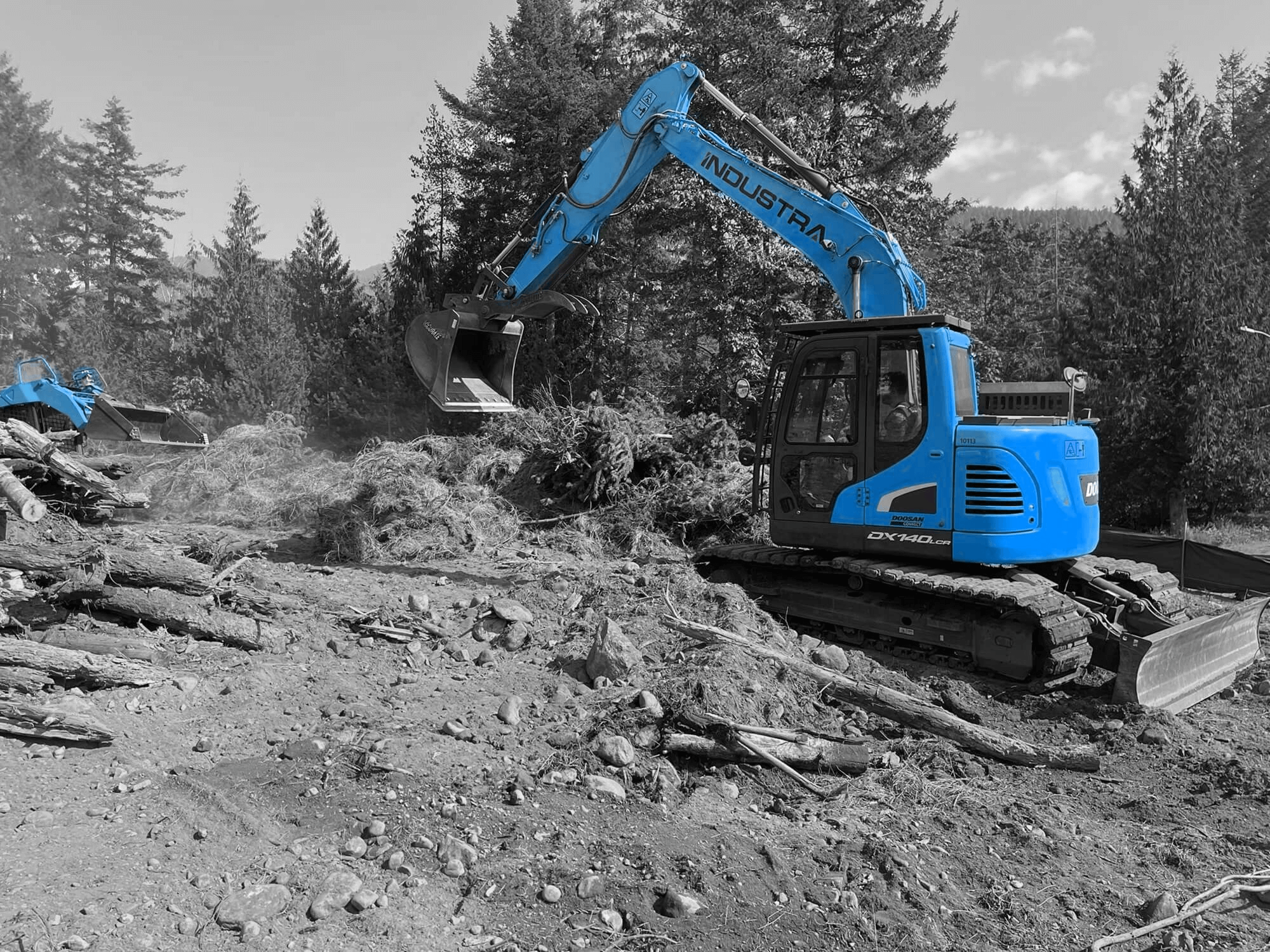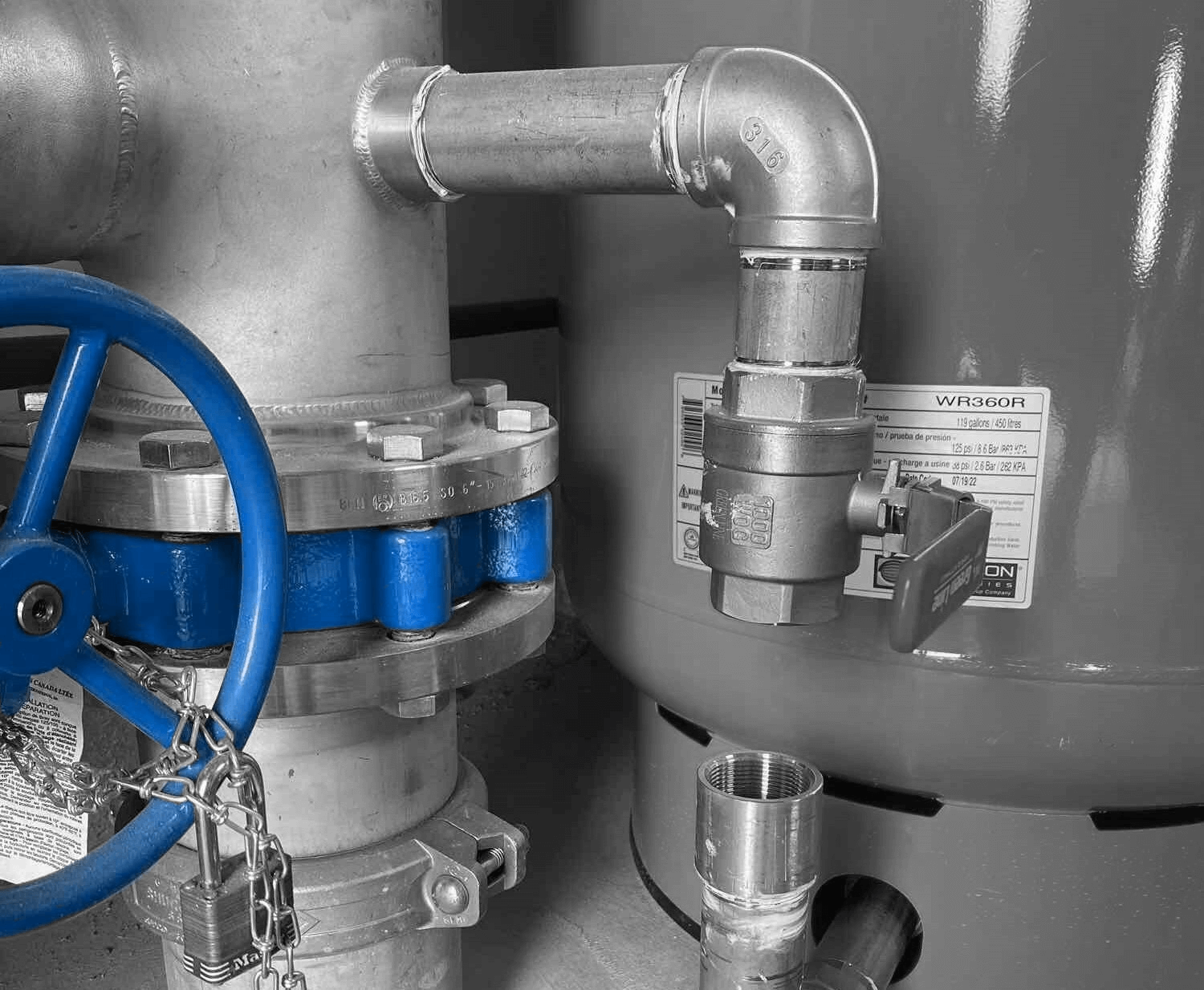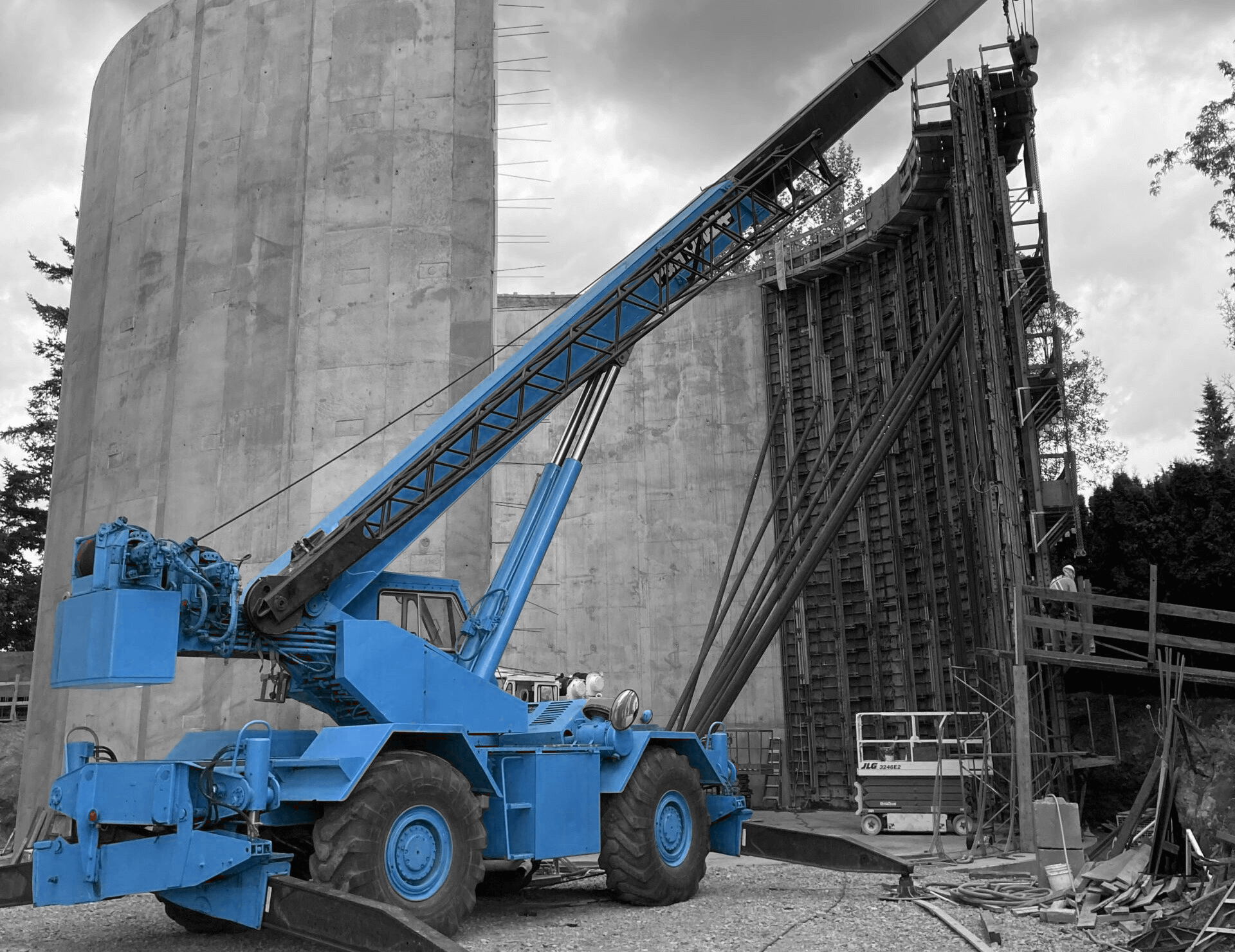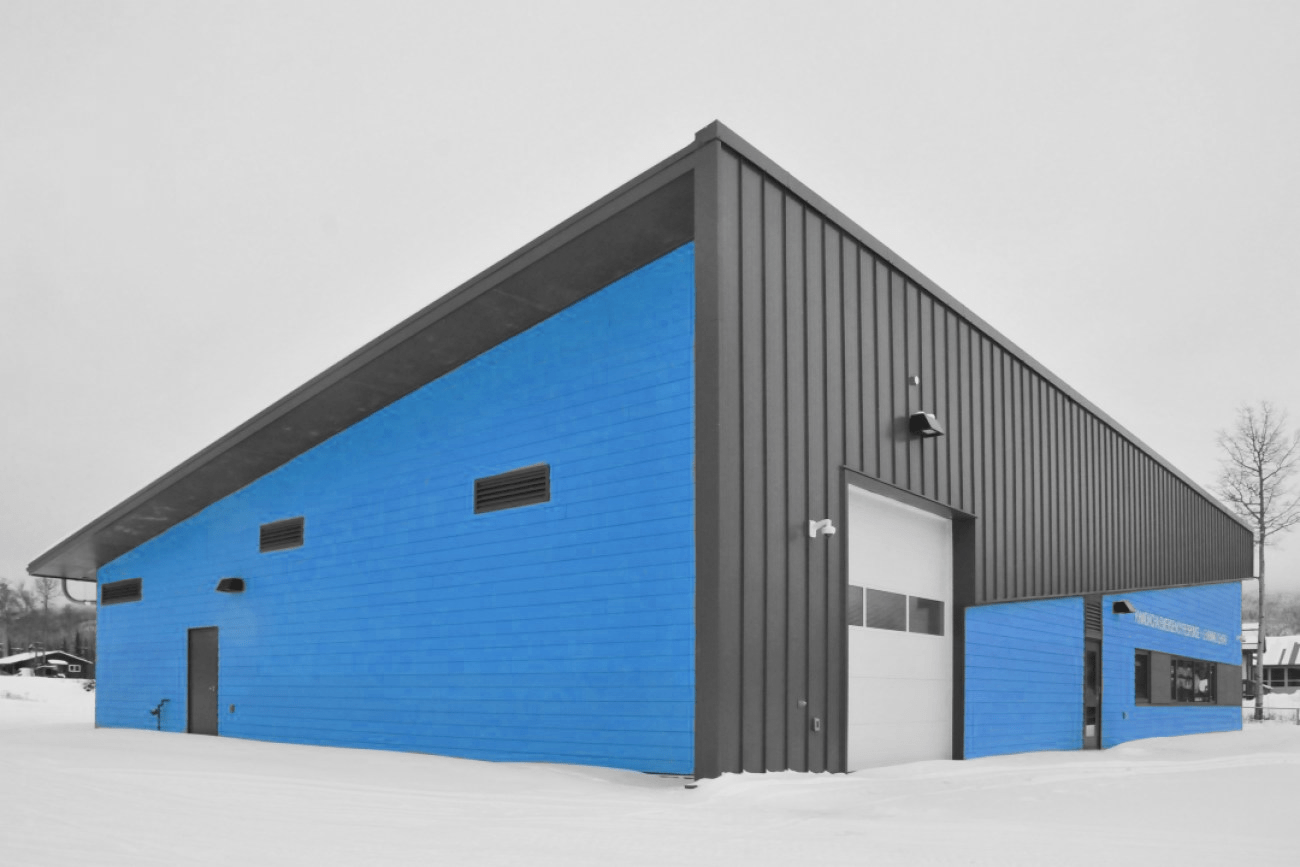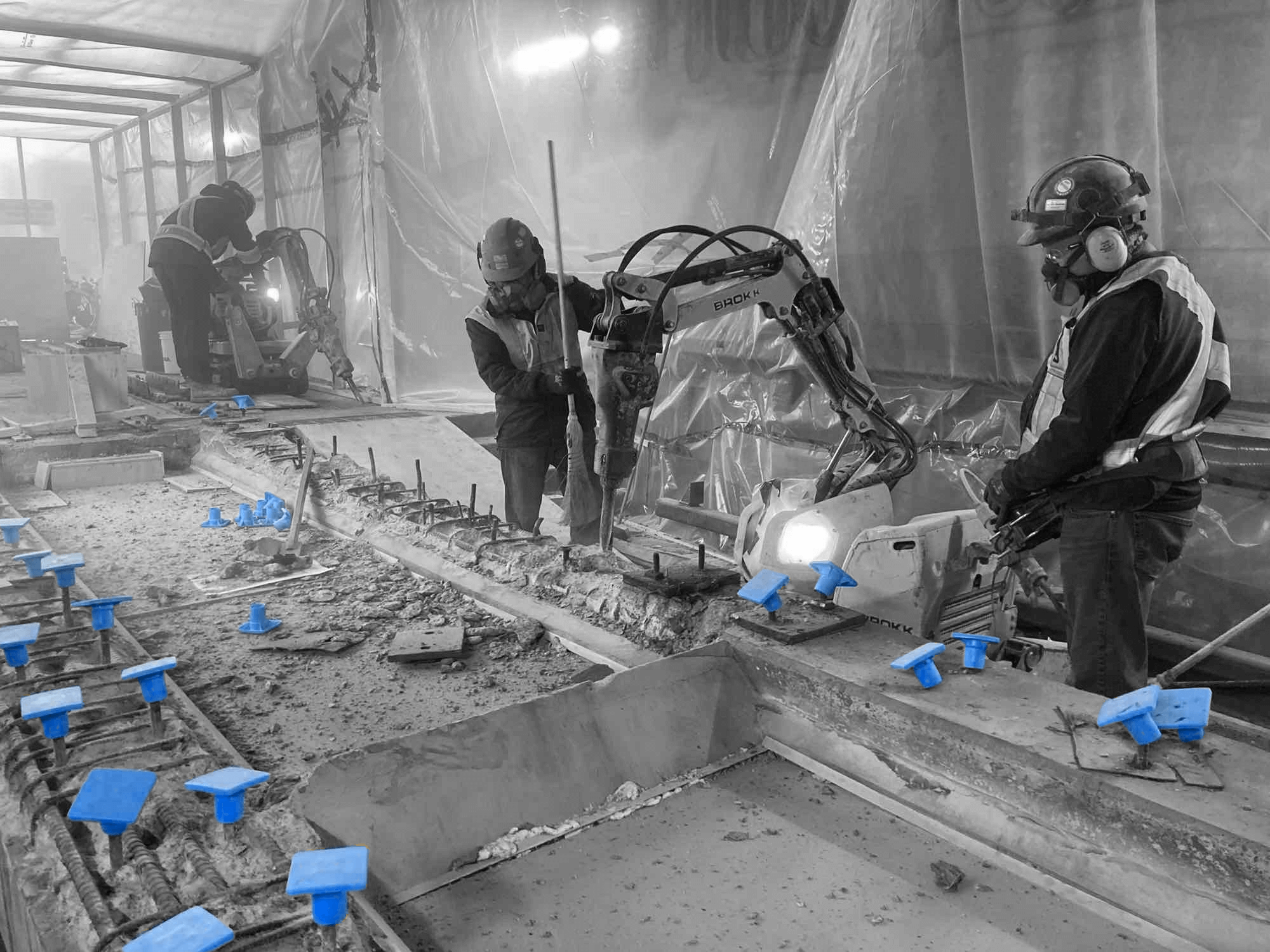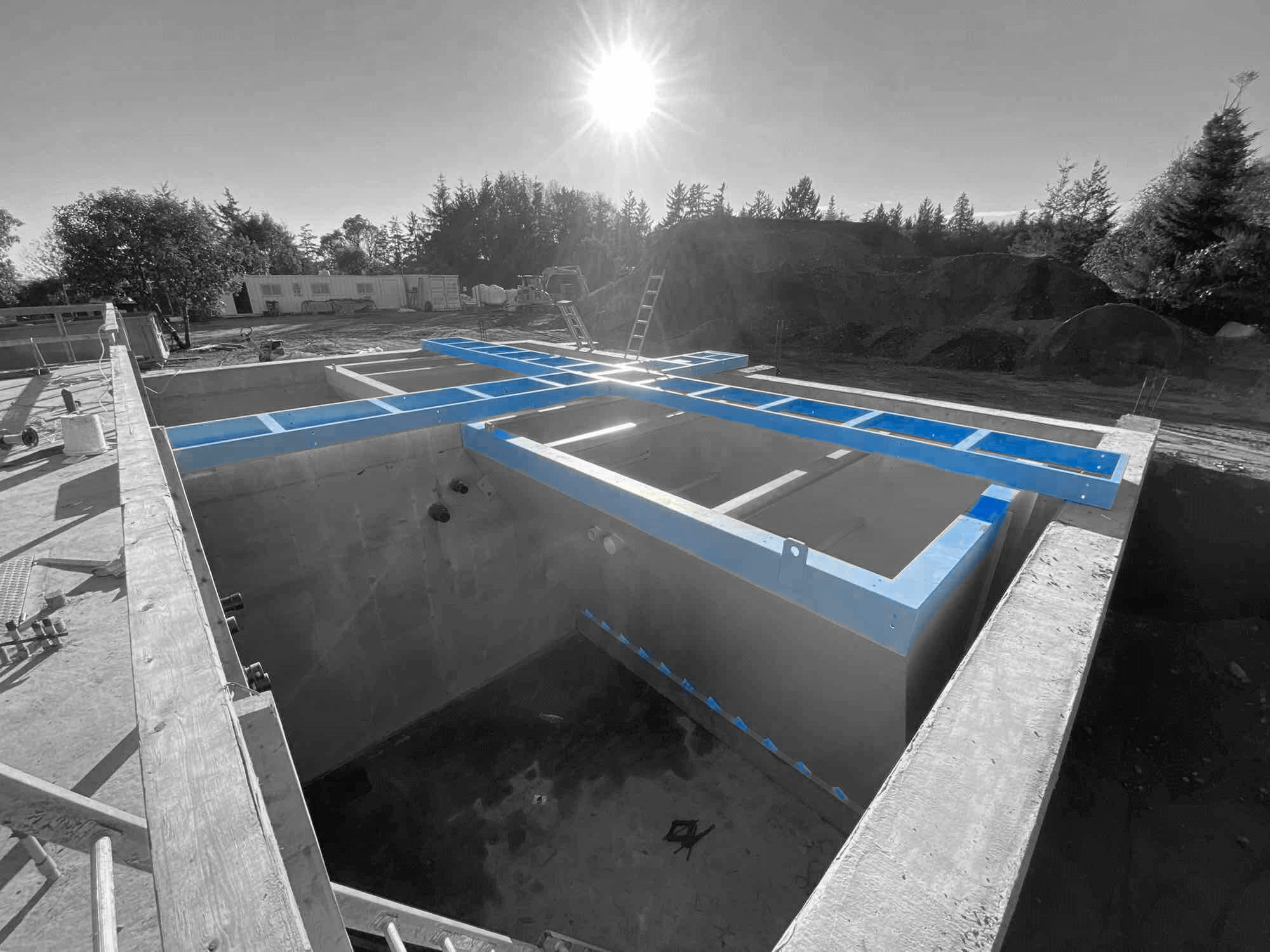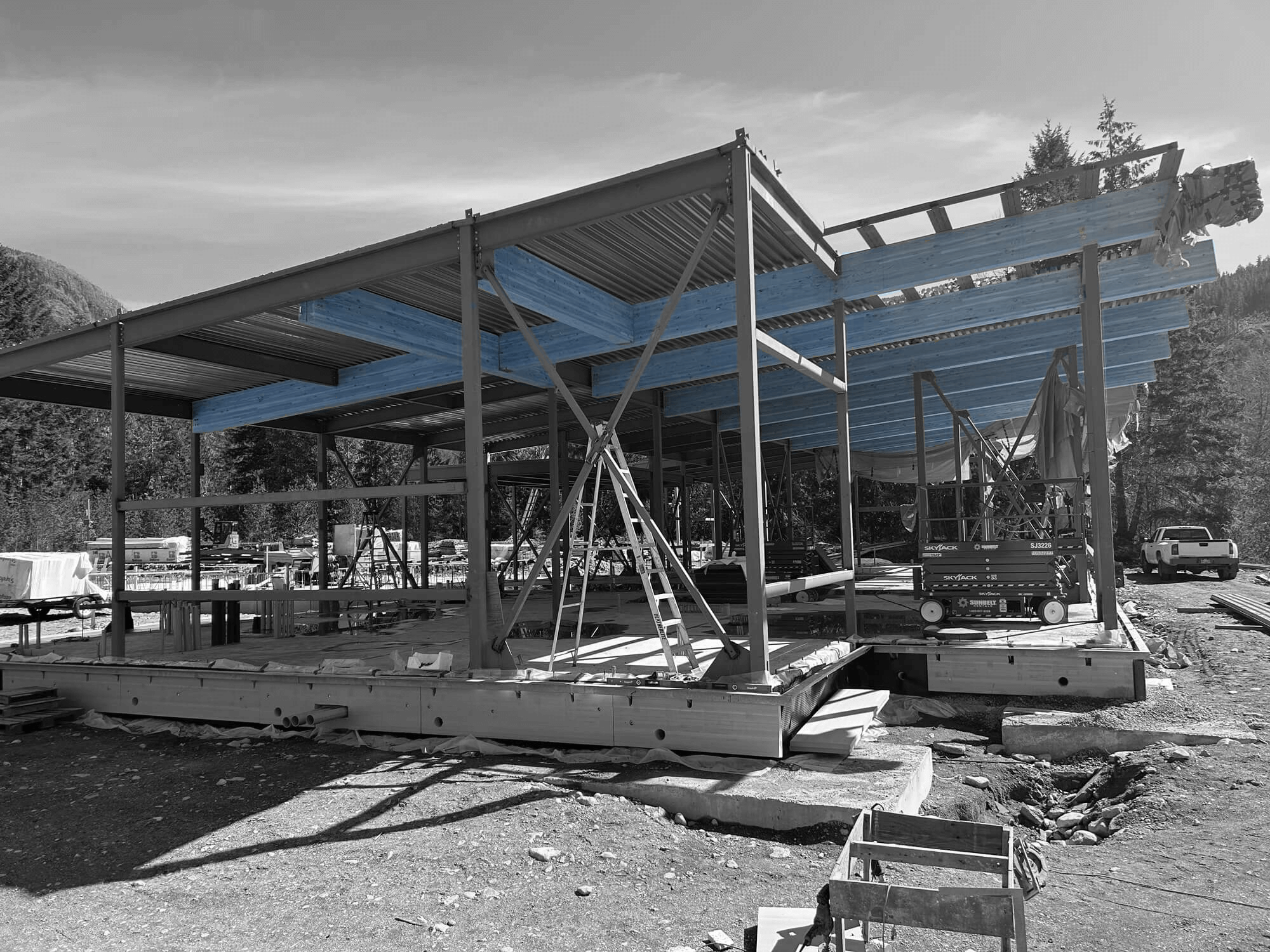Steel buildings have become increasingly popular for industrial use due to their numerous advantages. These structures are known for their strength and durability, able to withstand harsh weather conditions and requiring minimal maintenance over their long lifespan. Steel buildings provide a robust solution for industries that need reliable infrastructure to support their operations.
One of the key benefits of steel buildings is their cost-effectiveness. The initial construction costs are typically lower compared to traditional building materials, and the energy efficiency of steel structures leads to significant savings over time. This makes steel buildings an attractive option for businesses looking to manage their budgets effectively while still investing in high-quality facilities.
Furthermore, steel buildings offer remarkable flexibility and customization in design. They can be easily expanded or modified to meet the changing needs of a growing business. With versatile design options, these buildings can be tailored to fit specific industry requirements, making them a versatile choice for a variety of industrial applications.
The environmental benefits of steel buildings are also noteworthy. Steel is a recyclable material, which means that constructing buildings with steel reduces waste and promotes sustainable practices. Steel buildings have a smaller environmental footprint compared to other construction methods, contributing to a more eco-friendly industry. In this article, we will explore the many advantages of steel buildings for industrial use and why they are an excellent choice for modern businesses.
Durability and Strength of Steel Buildings
- Resistance to Harsh Weather Conditions
Steel buildings are exceptionally strong and can withstand harsh weather conditions such as heavy snow, strong winds, and even earthquakes. The robust nature of steel ensures that these buildings remain sturdy and safe, providing reliable protection for both the people and equipment inside. This makes steel buildings a top choice for industrial use, where robust infrastructure is a necessity.
The ability of steel buildings to resist corrosion and damage from the elements further enhances their resilience. With treatments and coatings, steel structures can be made resistant to rust and environmental wear, ensuring that they maintain their integrity over time.
- Longevity and Low Maintenance
One of the standout features of steel buildings is their longevity. Unlike traditional building materials, steel does not warp, crack, or suffer from termite damage. This durable nature means that steel buildings have a much longer lifespan, often lasting for several decades without significant deterioration.
In addition to their longevity, steel buildings require very low maintenance. Regular inspections and minimal upkeep can keep these structures in optimal condition. This reduces the long-term maintenance costs for businesses, allowing them to allocate resources more efficiently. The ease of maintenance combined with the extended lifespan makes steel buildings a smart investment for industrial applications.
Cost-Effectiveness of Steel Buildings
- Lower Initial Construction Costs
Steel buildings often come with lower initial construction costs compared to traditional buildings made from wood, brick, or concrete. The construction process for steel buildings is typically faster and more efficient, reducing labour costs and the overall time needed for project completion. Pre-fabrication of steel components allows for quick assembly on-site, further cutting down construction time and expenses.
By choosing steel buildings, businesses can achieve significant savings from the outset. These cost benefits can make a substantial difference, especially for large-scale industrial projects that require considerable investment.
- Energy Efficiency and Savings
Steel buildings are known for their excellent energy efficiency. The design of steel structures allows for better insulation and the integration of energy-efficient systems. This results in lower heating and cooling costs, leading to significant savings on energy bills over the building’s lifespan.
The reflective properties of steel roofs can also help to reduce heat absorption, keeping the interior cooler during the summer months. Combined with advanced insulation techniques, these features contribute to a more energy-efficient operation, making steel buildings an environmentally friendly and cost-effective option for industrial use.
By focusing on cost-efficiency and energy savings, steel buildings provide a compelling solution for businesses looking to optimize their operations and reduce expenses.
Flexibility and Customization in Design
- Easy Expansion and Modification
One of the major advantages of steel buildings is their ease of expansion and modification. As a business grows, the need for additional space and facilities becomes inevitable. Steel buildings can be easily expanded without requiring extensive modifications to the existing structure. This flexibility allows us to adapt the building to changing operational needs, making it a cost-effective solution for growing industries.
Expanding a steel building typically involves the simple addition of more steel components, which can be done with minimal disruption to ongoing activities. This adaptability ensures that businesses can scale their operations seamlessly, responding effectively to market demands and other changes.
- Versatile Design Options
Steel buildings offer a wide range of design options, allowing for incredible versatility. These structures can be customized to fit specific industrial requirements, from warehousing to manufacturing facilities. The use of steel beams and columns enables the creation of large, open spaces without the need for internal support columns, resulting in more usable floor space.
Additionally, steel buildings can be designed to accommodate specialized equipment, machinery, and workflow processes. This versatility makes steel buildings suitable for a variety of industrial applications, providing a tailored solution that meets the unique needs of each business.
Environmental Benefits of Steel Buildings
- Use of Recyclable Materials
Steel is one of the most recyclable materials available, and using it in construction helps to promote sustainability. When a steel building reaches the end of its useful life, the steel components can be easily recycled and repurposed for new construction projects. This reduces the need for raw materials and minimizes waste, making steel buildings a more environmentally friendly option.
By choosing steel, we contribute to a circular economy where resources are reused and recycled, reducing the overall environmental impact of industrial construction. This sustainable practice aligns with increasing environmental awareness and the push towards greener construction methods.
- Reduced Environmental Footprint
Steel buildings also have a smaller environmental footprint compared to traditional construction methods. The energy efficiency of steel structures, combined with the use of recycled materials, leads to lower greenhouse gas emissions and a reduced carbon footprint. Steel buildings can be designed with energy-saving features that further enhance their environmental benefits.
Moreover, the durability and longevity of steel buildings mean that they require fewer resources for maintenance and replacement over time. This long-term sustainability makes steel buildings an excellent choice for industries committed to reducing their environmental impact.
Conclusion
Steel buildings offer numerous advantages for industrial use, making them an ideal choice for modern businesses. Their durability and strength ensure they can withstand harsh weather conditions and require minimal maintenance, providing long-lasting value. The cost-effectiveness of steel buildings, through lower initial construction costs and energy savings, makes them a smart financial investment.
The flexibility and customization available with steel buildings allow for easy expansion and versatile design options, catering to the specific needs of any industry. Furthermore, the environmental benefits, including the use of recyclable materials and a reduced environmental footprint, make steel buildings a sustainable choice for the future.
At Industra Construction Corp., we understand the importance of reliable and efficient infrastructure for industrial operations. Our expertise in constructing steel buildings ensures that we provide structures that meet the highest standards of quality and sustainability. Contact us today to learn more about how steel building contractors can help you build the perfect steel building for your industrial needs.


